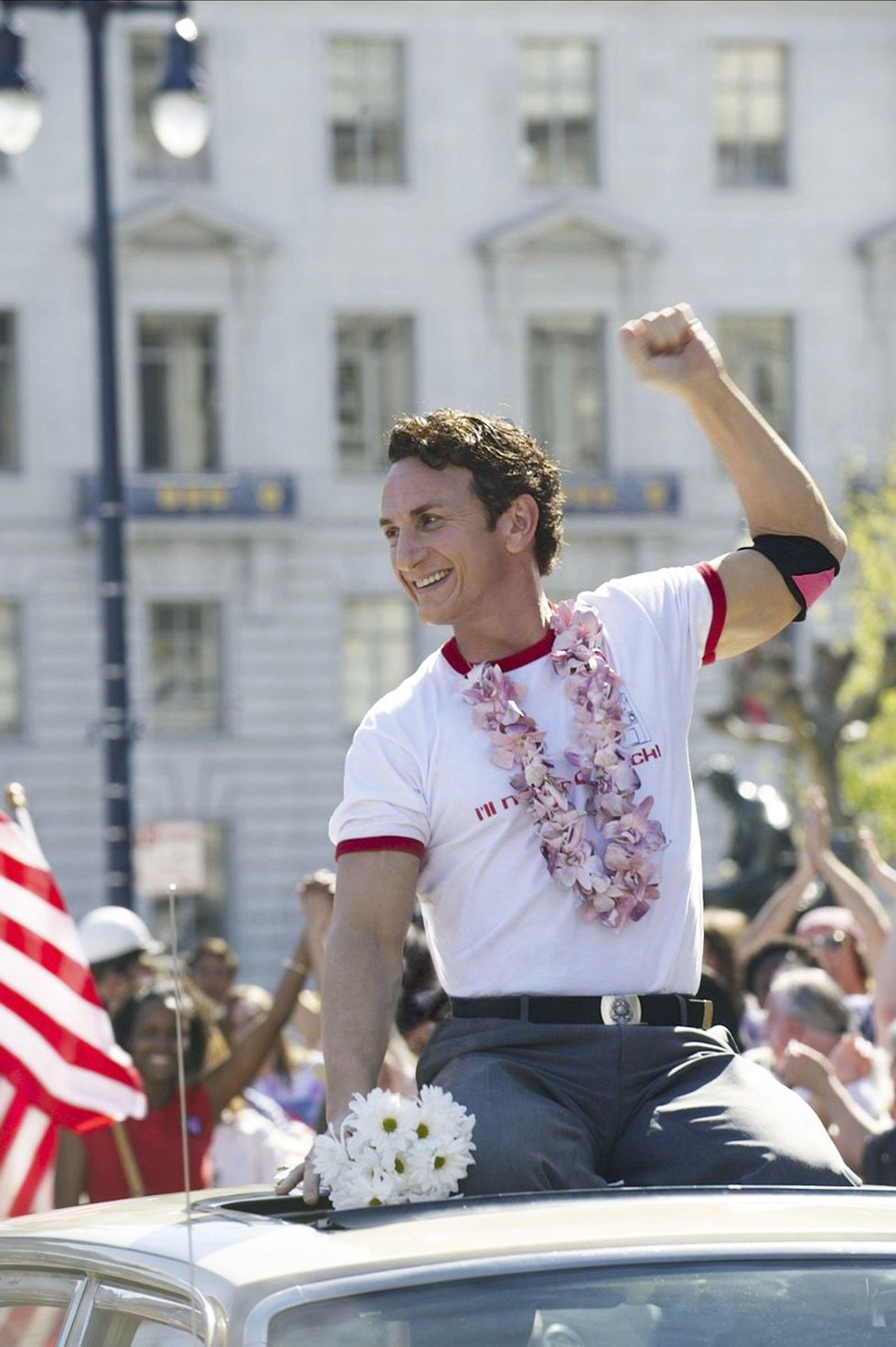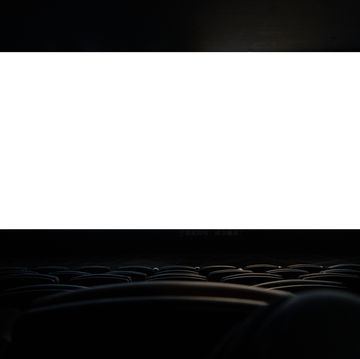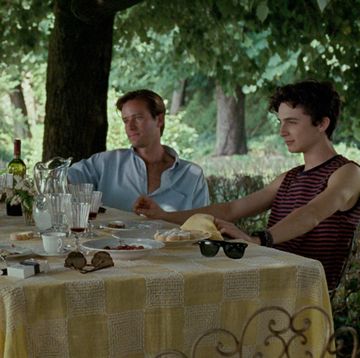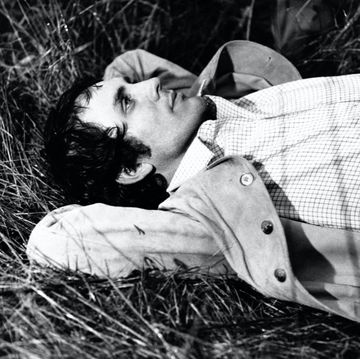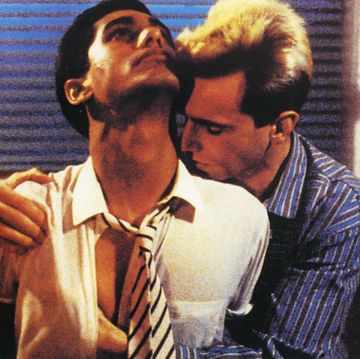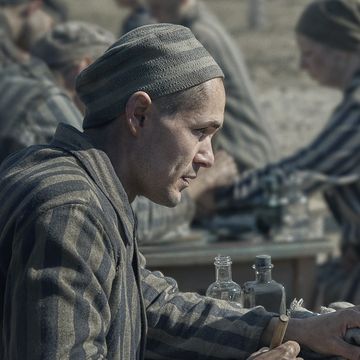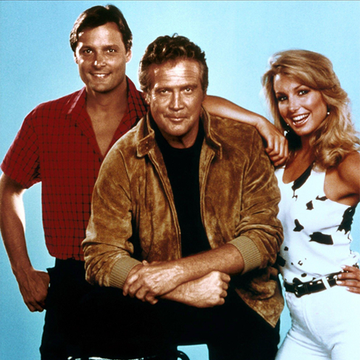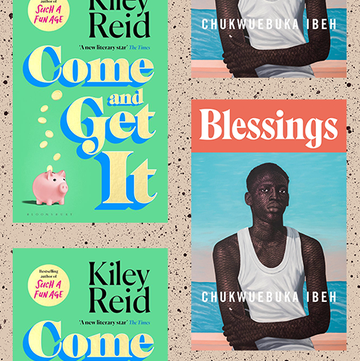I was thirteen years old when my bedroom TV and a Channel Four season of gay cinema first introduced me to a community, San Francisco, and, with it, Harvey Milk. Until then my gay future was Rock Hudson dying of AIDS and queer activists storming TV studios. Yet, the world of the Castro in Rob Epstein’s Oscar-winning documentary The Times of Harvey Milk, full of plaid-shirted arms locked in love, had a profound impact on this pasty poof from Surrey.
Knowing its debt of influence to both Epstein’s ode to Harvey and the queer Oz that is San Francisco’s Castro district, it was Gus Van Sant’s seminal 2008 film Milk that enabled the wider world to finally recognise Harvey Milk’s legacy. As one of the very first openly out elected officials in US political history, the self-styled ‘Mayor of Castro Street’ made history in 1977 when elected to the San Francisco Board of Supervisors. A year later the city mayor and Milk were shot dead at their desk by an embittered colleague. A new queer movement was emboldened forever more.
With a peerless performance from Sean Penn, Milk is a loud hailer in the mainstream queer cinema canon. Shot with an autumnal, cine-film glow of history, the weight of Milk’s activism, impish personality and achievements float under Dustin Lance Black’s incisive and benevolent screenplay. Here is the San Francisco of queer community, opinion, and action – the rainbow tenets I have returned to countless times since Milk first inspired my husband and I to walk hand-in-hand down the Castro and ask a local barber for the Milk 'stache.
In crafting their boot-cut town of gay resistance, Van Sant and his production team enriched parts of Harvey’s real-world legacy. Milk upgraded the neon frontage of the Castro Theatre, repainted store fronts, repurposed the former city supervisor’s actual camera store HQ to play itself, and involved the local community. This is the San Francisco I came to love. After that first Milk pilgrimage, it soon became a regular, magical routine blessed by the art, minds, and people he himself was drawn to. We see Milk’s pals in the streets. We chat to cute boys on the wedge ledge outside the store. We witness the disappointment of a morning political attack on queer rights and the subsequent march of rallied defiance on the very same day.
Manny’s is a new, young political SF meeting space in today’s Mission district. Its founder, Manny Yekutiel, knows that queer communities needs its heroes. “Harvey is one of ours”, he says. “And Milk introduced that hero to me right as I was beginning to involve myself.”
And not only do a later generation of gay SF figures populate the film – such as midnight movie queen, Peaches Christ – Milk rightly includes his activist friends Cleve Jones, Tom Ammiano, Anne Kronenberg, and, notably, Danny Nicoletta, a photographer and one of the politician’s closest allies. His pictorial reportage is all over Milk’s production design palette and sense of document. “Having started my career as a filmmaker with Hollywood dreams in my mind's eyes, it was one of the great experiences of my life to work on Milk,” says Nicoletta. “There were halcyon moments throughout the film shooting that still bring tears to my eyes.”
But what might Harvey himself have thought of Milk? “Harvey was very prescriptive” says Nicoletta. “So, I think it’s fair to say he would have had a small laundry list of suggestions such as more visibility for the women in his trajectory”. It is a fair point. When the HIV crisis crushed a town that was still reeling from Milk’s assassination, it was queer SF women that voluntarily took on the mantle of caregivers.
One of the film’s true triumphs however is its beguiling depiction of a queer community. And sexuality. Milk gets the realities of the hook ups, the love affairs, the wit, and the eroticism of tight Seventies denim. The persecution, too. In making a film for all audiences, Van Sant never short-changed gay realities. As tired debates rose against a heterosexual Penn playing such an emblem of LGBTQ+ resistance, some overlook how his subsequent best actor Oscar informed straighter perceptions of queer oppression. Milk remembers what Harvey himself realised. Until gay resistance includes and defends all minorities and vulnerable workers, no one wins.
Perhaps the film’s greatest achievement, though, is that it extends Harvey’s legacy. Nicoletta smiles. “I have an ongoing barometer of the film’s emotional success through people who reach out to me on social media wanting to express admiration for the film”, he says. Milk knows he was never a martyr, never the first and never LGBT-only. As Yekutiel, the Mission-based SF activist of today, astutely says: “I still think about all that Harvey could have done if he had lived, because there is still so much work to do.”

